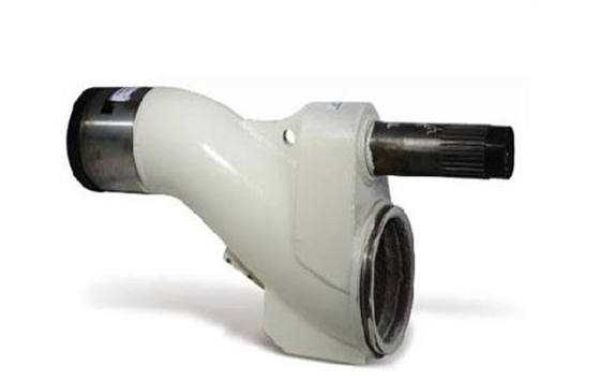Concrete pressure pump is an indispensable and important equipment in modern construction engineering, responsible for efficiently delivering concrete to designated locations. In concrete towing pumps, the S valve is a key component, and its performance directly affects the working efficiency and stability of the towing pump. This article will provide a detailed introduction to the material, function, working principle, service life, and maintenance methods of the S valve in concrete towing pumps.
Material of S Valve
The material of the S valve is usually made of wear-resistant, high-pressure, and corrosion-resistant alloy steel or stainless steel. These materials have good mechanical properties and chemical stability, which can ensure the stable operation of the S valve for a long time in a high-pressure and high wear working environment.
The Function of S Valve
The S valve mainly plays the following roles in pressure pumps.
- Control concrete flow rate
By adjusting the opening of the S valve, the conveying speed and flow rate of concrete can be controlled to meet different construction needs.
- Switching delivery direction
The S valve can flexibly switch the delivery direction of concrete, achieving multi-point delivery and improving construction efficiency.
- Prevent backflow
During shutdown or reversing, the S valve can quickly close to prevent concrete backflow and ensure the safe operation of the towing pump.
Working Principle of S Valve
The working principle of S valve is based on its unique structural design and motion mode. When the towing pump is in operation, the S valve moves back and forth according to the predetermined trajectory under the driving mechanism. During the concrete conveying process, the S valve opens and the concrete enters from the inlet. Guided by the S valve, it smoothly enters the conveying pipeline; When it is necessary to switch the conveying direction or stop the machine, the S valve quickly closes, cutting off the flow of concrete.
Service Life of S Valve
The service life of S valve is influenced by various factors, such as material, working environment, frequency of use, etc. Under normal circumstances, S valves made of high-quality materials can have a service life of over thousands of hours after reasonable use and maintenance. However, in actual construction, impurities such as sand and gravel in the concrete may cause wear on the S valve. Therefore, it is necessary to regularly check the wear of the S valve and replace it according to the actual situation.
Maintenance Methods for S Valve
To ensure the normal operation of the S valve and extend its service life, the following maintenance measures need to be taken.
- Regular Cleaning
Regularly clean the S valve to remove concrete residue and impurities attached to the valve body, avoiding blockage and wear.
- Check the Sealing Performance
Regularly check the sealing performance of the S valve to ensure no leakage. If damage or aging is found to the seal, it should be replaced in a timely manner.
- Check Moving Parts
Check the moving parts of the S valve, such as bearings, pins, etc., to ensure that they are not worn, loose, or stuck. If there are abnormalities, they should be repaired or replaced in a timely manner.
- Lubrication and Maintenance
Regularly lubricate and maintain the moving parts of the S valve to reduce wear and friction, and improve its service life.
- Regular Inspection and Replacement
Based on the construction situation and the degree of wear of the S valve, regularly inspect and replace the S valve to ensure the stable operation of the towing pump.
For special concrete pumps, it is necessary to contact the manufacturer to get the details of the maintenance.
In summary, as a key component of a concrete pump, the performance and service life of the S valve have a significant impact on the overall performance of the pump. Therefore, when selecting the S valve, its material, performance, and usage environment should be fully considered; During use, it is necessary to strictly follow the operating procedures and strengthen maintenance to extend the service life of the S valve and improve the efficiency of the pump.







